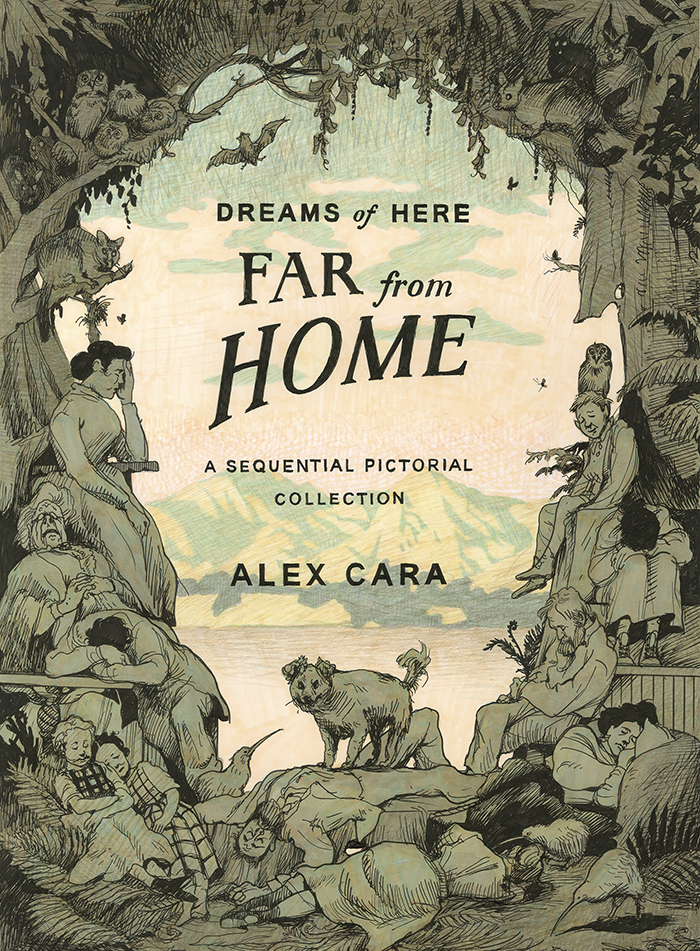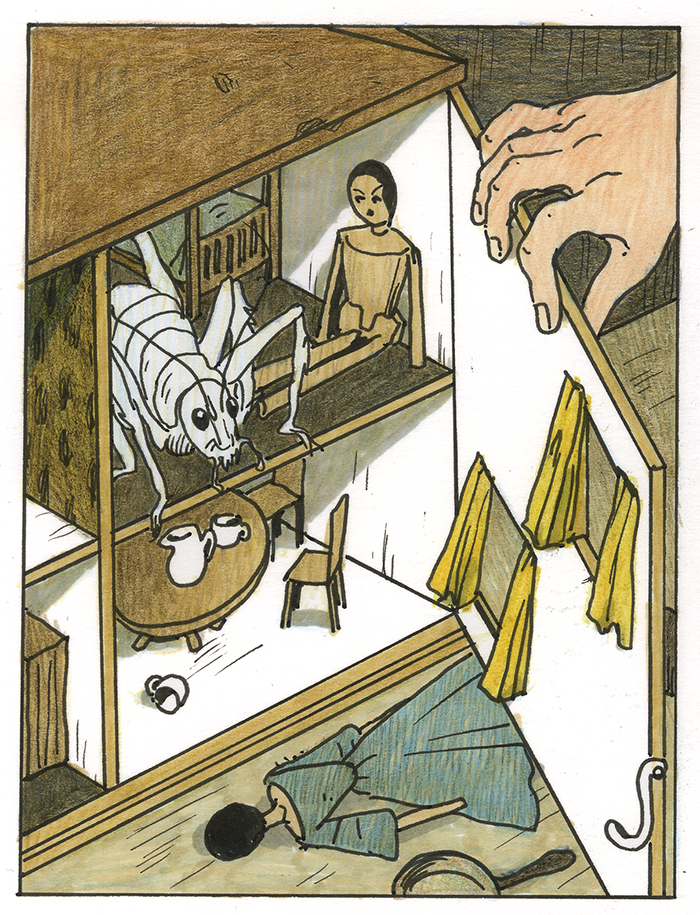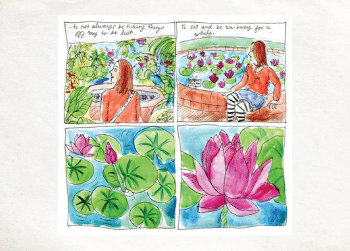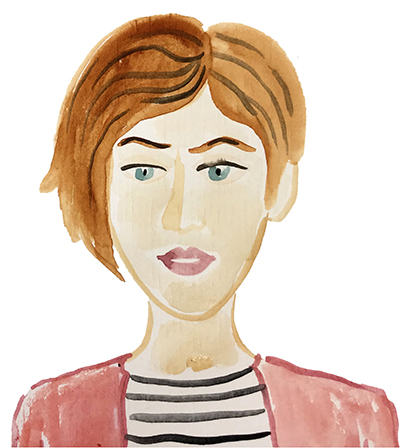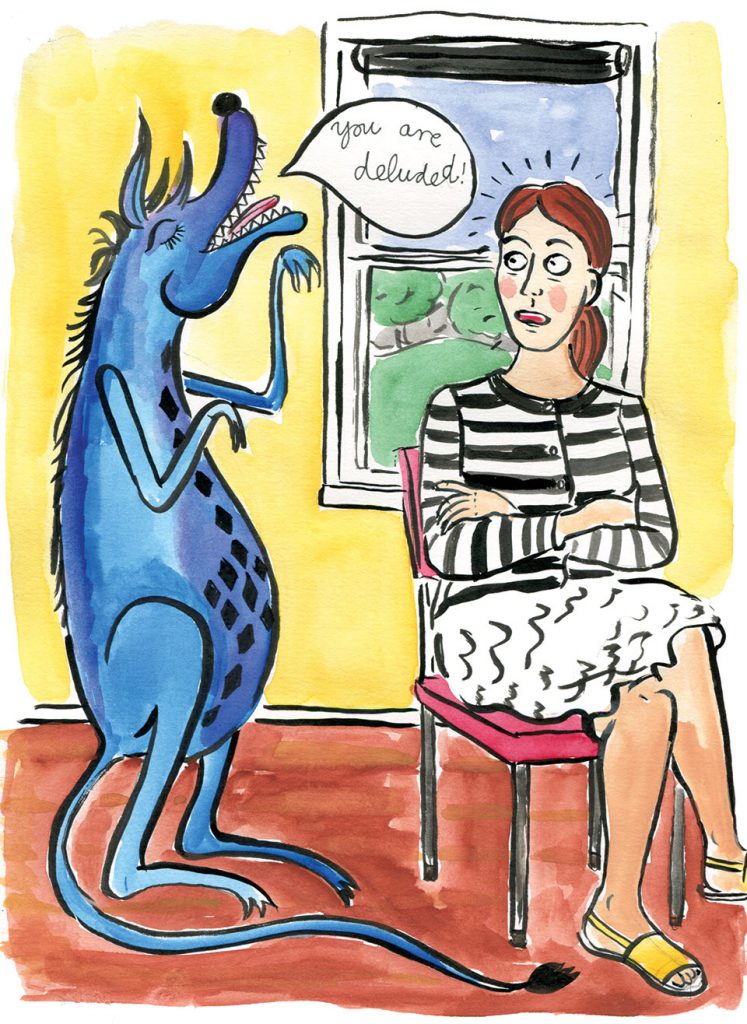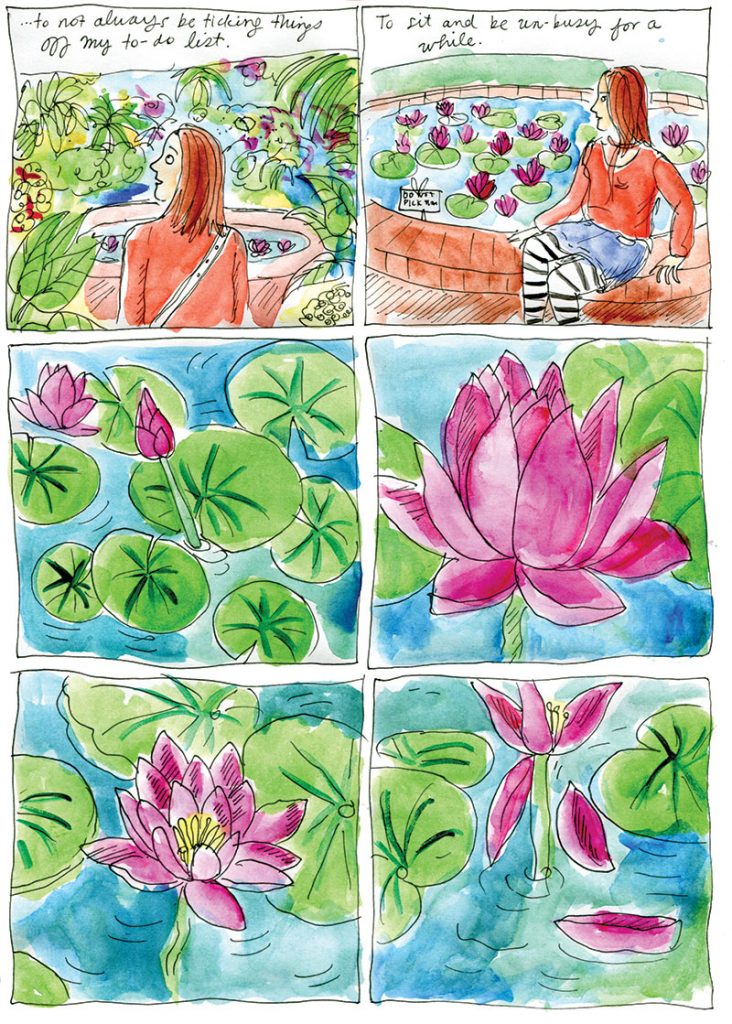The Sir Julius Vogel Awards are New Zealand’s annual celebration of home-grown science fiction and fantasy, with awards covering books, dramatic presentations, fan publications and more. One of the most competitive categories is Best New Talent, and this year’s winner was Dunedin-based author Kura Carpenter!
Kura’s debut novel, The Kingfisher’s Debt, tells the story of Tamsin Fairchild, a translator who must team up with rookie cop Scott Gale to investigate the disappearance of a newborn baby. But this is no ordinary crime: beneath familiar New Zealand locations is a world rich in danger–and magic. Vogel Award judges described The Kingfisher’s Debt as “very cleverly set in an urban fantasy world overlaying (or underlying, depending on your perspective) Dunedin, New Zealand. The writing is crisp, the plot excellently designed and executed.”
We contacted Kura to discuss her writing process, the Vogel Awards and what it’s like to be a fantasy writer in New Zealand. For more on her writing check out her website, and for the full Sir Julius Vogel Awards list, click here. Enjoy!
You’ve described The Kingfisher’s Debt as urban fantasy–a genre combining both fantasy and mystery. How did elements of these two genres complement each other in the shaping of the story?
My story follows a typical mystery structure–crime discovered, investigation, clues revealed, case solved–but the world it’s set in is an alternative New Zealand where magic exists, but most regular people don’t encounter it, in much the same way that you don’t know anything about crime unless it directly touches your life.
The crime in my story is connected to the people who deal in magic, I guess maybe that’s what you mean by shape. The mystery and magic are interconnected. Without the magic, there would be no desire to try and steal it.
Reviews of The Kingfisher’s Debt have praised your descriptions of real-life locations–Dunedin’s midwinter darkness and the “80s kitsch of St Clair”. Were there many challenges in bringing this familiar world to the page?
None. Although I was going for a 90s vibe, so I guess I failed.
There has also been a lot of positive feedback about the characters in The Kingfisher’s Debt–their grittiness, unusualness and dialogue. How did the character of Tamsin–and her excellent first person perspective–come about?
She just popped into my head and I wrote down what she said.
I’m an introvert, I feel awkward meeting people, so I talk to myself all the time, practice conversations, that kind of thing. It’s probably the only benefit of anxiety, all the internal practice improves ones writing ability to capture ‘voice’.
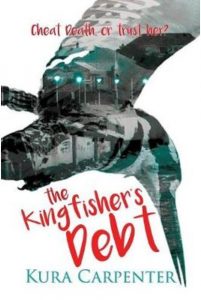
Was it difficult to create a story with both past and present timelines? Was there much planning or re-drafting required with this?
No. I don’t plan, I’m a pantser, an intuitive writer, (which often surprises people who assume I must be a strict outliner). I’m just fortunate to have better than normal intuition for pattern and structure.
I’d come across the zipper-structure (alternating timelines) when reading a novel years ago, and after I’d written my first draft I realised that’s what I’d inadvertently created, it just needed some shuffling of scenes to get the timeline straight and make sure the subtext was as I wanted.
It’s always exciting to have a story that includes a library! You’ve previously worked in Dunedin City Library–what was it that drew you to the library as one of the locations in The Kingfisher’s Debt?
Yes. I’m lazy. It was the easiest thing to do, use locations I’m familiar with.
How do you feel about the fantasy writing scene in New Zealand at the moment? How do you think it might develop in the future, especially with WorldCon taking place in New Zealand next year?
That’s a hard one. On the one hand adult-reading level fantasy has been all but deserted by New Zealand’s traditional publishers, not for lack of talent, but because it’s simply not profitable. Talent wise I think the scene is stronger than it ever was. With the rise of self and indie publishing, has come a lot of opportunity.
While in many fields New Zealand punches above its weight internationally, for example film, sport, and even our P.M. is beloved globally, however when it comes to fantasy writing, we haven’t managed to carve out a spot beyond our borders.
Other New Zealand writers who write realist fiction consider what I write to be commercial and appealing to the masses, but because I’m not writing American or U.K. stories my story is actually non-commercial, it only has local appeal. WorldCon will shine a spotlight on us briefly, but the trouble ultimately remains that we’re a small market for telling our own stories, our own brand of fantasy. If we’re going to develop in the future then we must become leaders and not just followers.


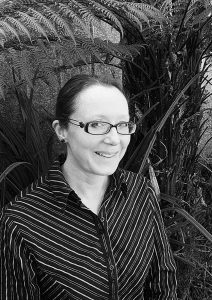
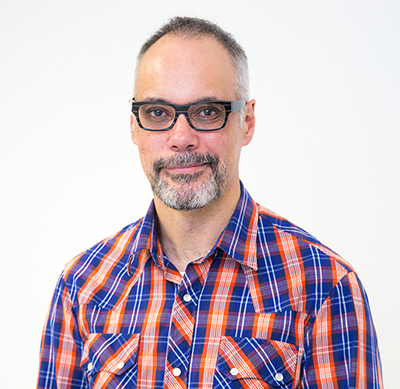 Today is the first day of ComicFest! To finish our special “5 minutes with…” feature we have Paul Diamon, the author of three books (A Fire in Your Belly, Huia 2003; Makereti: taking Māori to the World, Random House NZ 2007; and Savaged to Suit: Māori and Cartooning in New Zealand, Fraser Books 2018), and has also worked as an oral historian and broadcaster. From 2007 to 2009 Paul managed the Vietnam War Oral History Project for the Ministry for Culture and Heritage. In 2017 Paul was awarded Creative New Zealand’s Berlin Writer’s Residency to complete a book about Charles Mackay, a mayor of Whanganui who was killed in Berlin in 1929. Paul Diamond appears at ComicFest with the support of the New Zealand Cartoon Archive.
Today is the first day of ComicFest! To finish our special “5 minutes with…” feature we have Paul Diamon, the author of three books (A Fire in Your Belly, Huia 2003; Makereti: taking Māori to the World, Random House NZ 2007; and Savaged to Suit: Māori and Cartooning in New Zealand, Fraser Books 2018), and has also worked as an oral historian and broadcaster. From 2007 to 2009 Paul managed the Vietnam War Oral History Project for the Ministry for Culture and Heritage. In 2017 Paul was awarded Creative New Zealand’s Berlin Writer’s Residency to complete a book about Charles Mackay, a mayor of Whanganui who was killed in Berlin in 1929. Paul Diamond appears at ComicFest with the support of the New Zealand Cartoon Archive.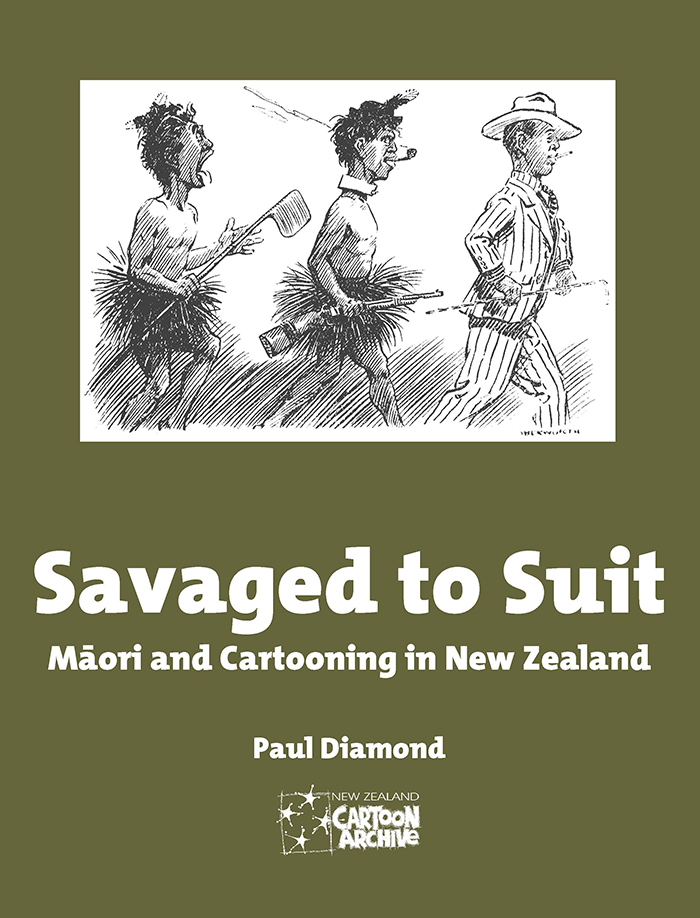
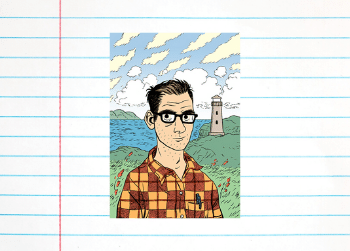

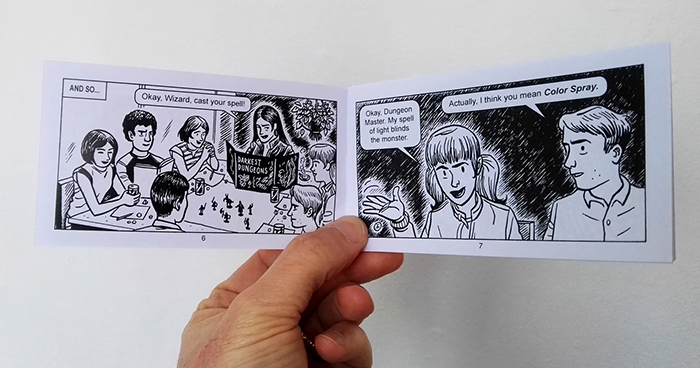
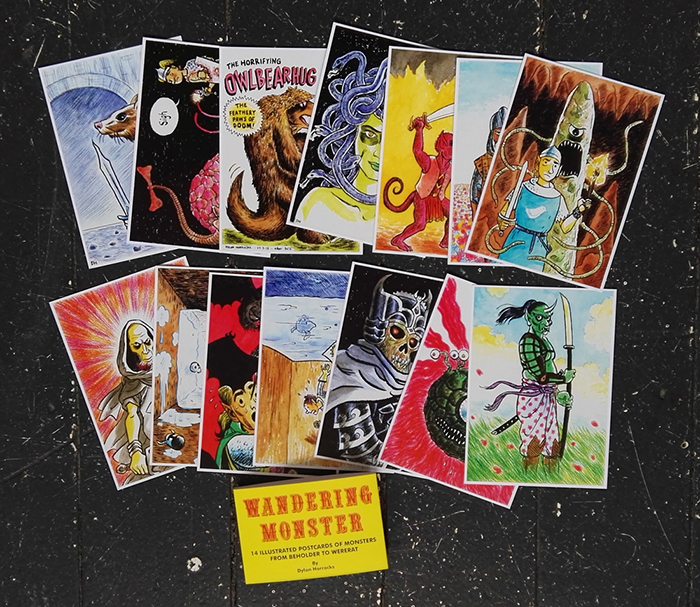
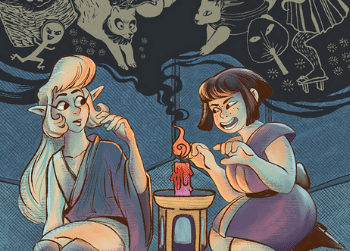
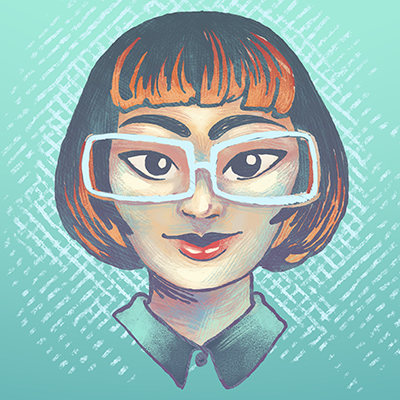 Next on the list is Jem Yoshioka, an illustrator and comic artist living in Wellington, New Zealand. Deftly weaving words and pictures together, Jem’s comics tell evocative and emotional stories with themes of belonging, place, and heritage. Jem’s current webcomic project is a soft science fiction romance between an android and a human called Circuits and Veins.
Next on the list is Jem Yoshioka, an illustrator and comic artist living in Wellington, New Zealand. Deftly weaving words and pictures together, Jem’s comics tell evocative and emotional stories with themes of belonging, place, and heritage. Jem’s current webcomic project is a soft science fiction romance between an android and a human called Circuits and Veins.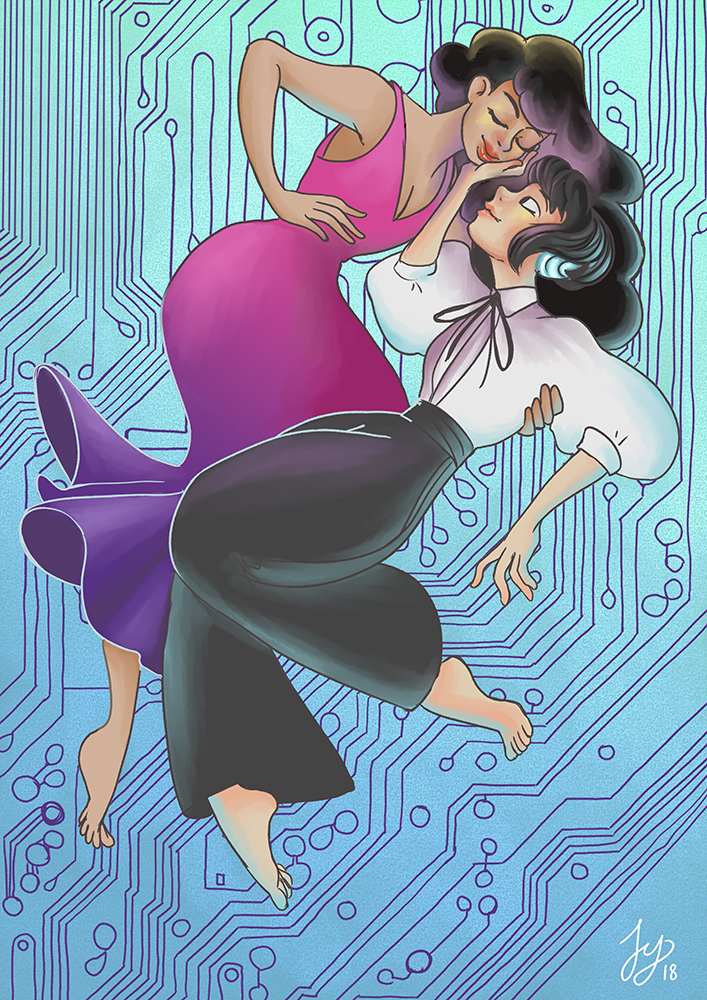
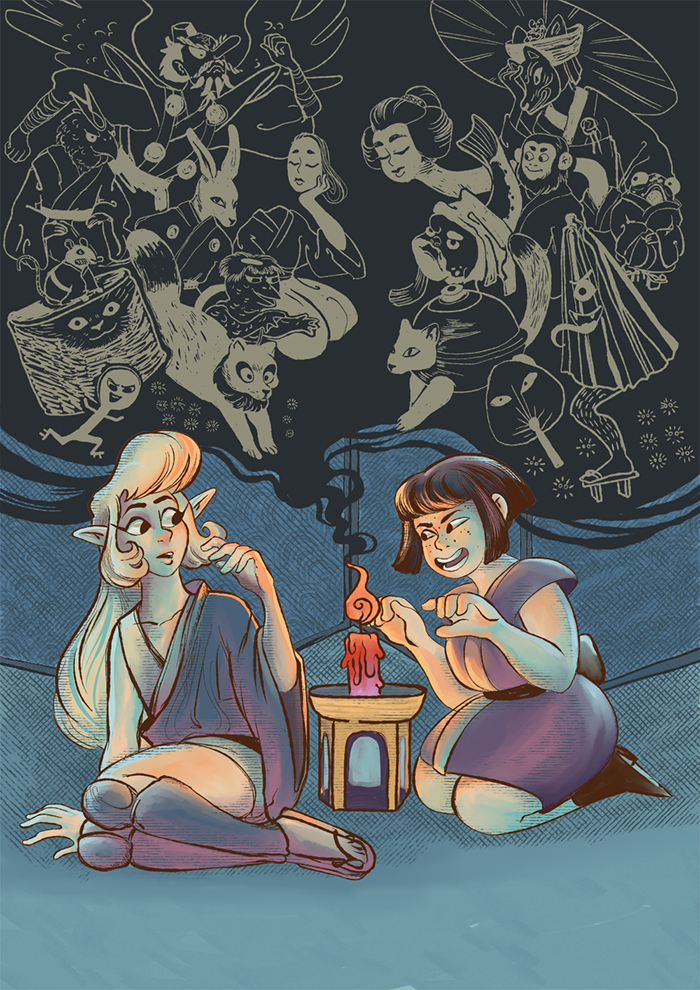
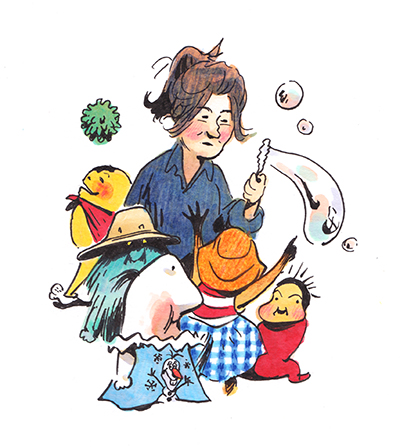 We caught up with Alex Cara and asked her a couple questions for our “5 minutes with…”. Alex Cara is a Christchurch-based comic artist. In addition to being featured in recent issues of Funtime Comics, her work has also been published in the Three Words anthology. She has completed a BFA in printmaking at the Ilam School of Fine Arts, and since graduating has developed and produced her own prints and comic projects, self-publishing the New Zealand historical short comic collection “Dreams of Here, Far from Home” in 2017. Her sketches and works-in-progress can be found at @
We caught up with Alex Cara and asked her a couple questions for our “5 minutes with…”. Alex Cara is a Christchurch-based comic artist. In addition to being featured in recent issues of Funtime Comics, her work has also been published in the Three Words anthology. She has completed a BFA in printmaking at the Ilam School of Fine Arts, and since graduating has developed and produced her own prints and comic projects, self-publishing the New Zealand historical short comic collection “Dreams of Here, Far from Home” in 2017. Her sketches and works-in-progress can be found at @